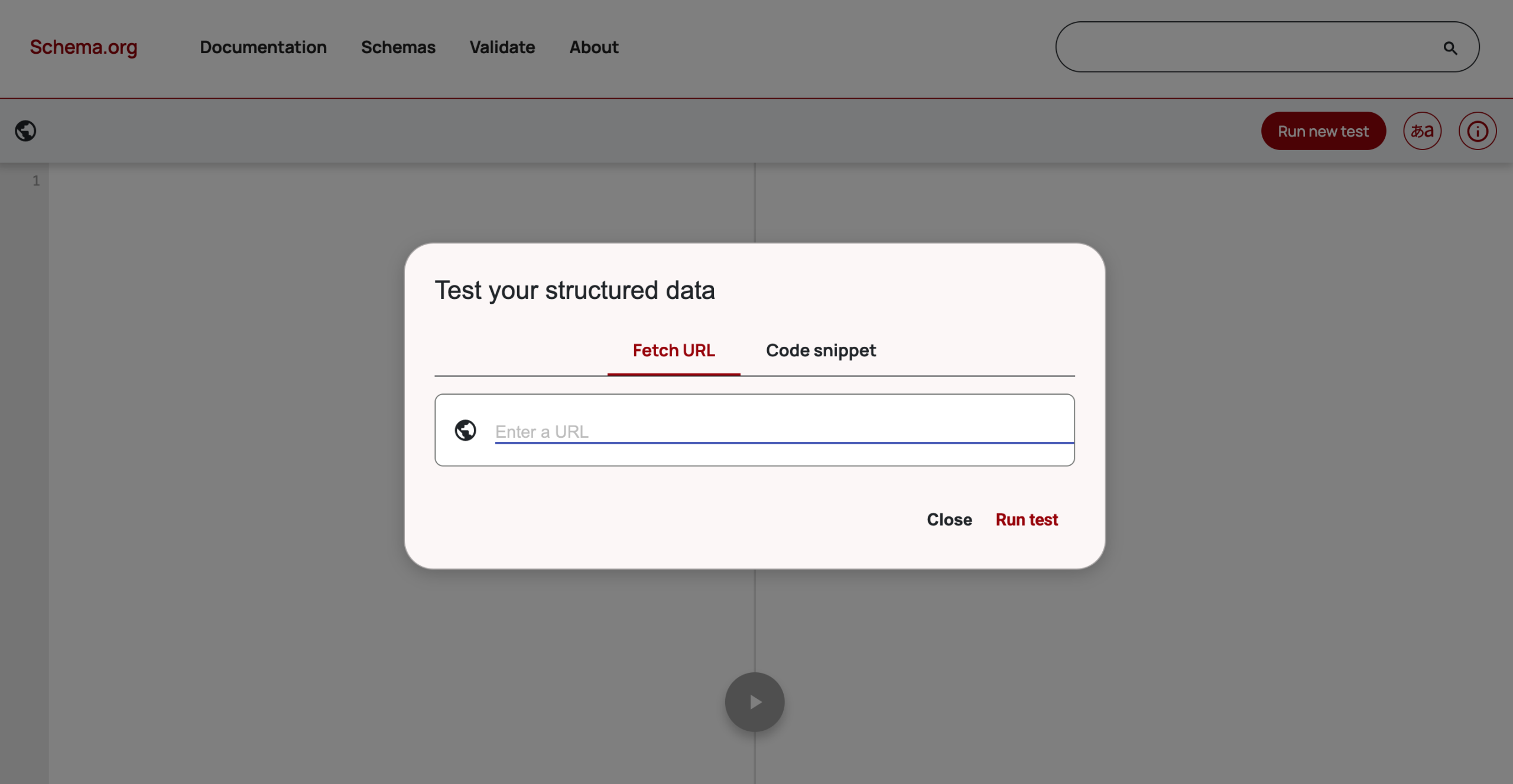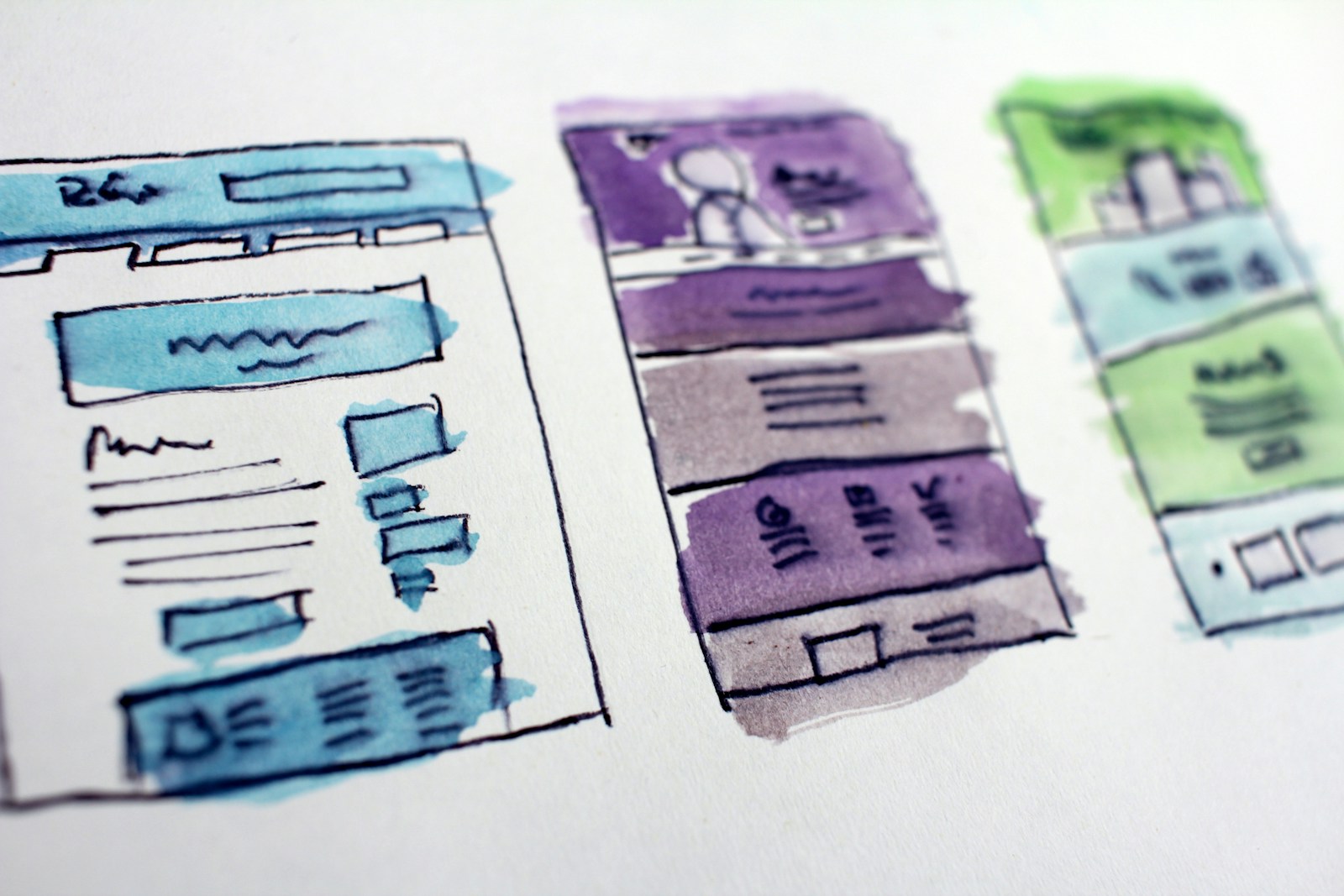Table of Contents
Email marketing has always relied on data, but in 2025 the type of data that matters most has changed. With third-party cookies disappearing and privacy regulations tightening, first-party and zero-party data are taking center stage. Brands that adapt to this shift are not only staying compliant but also building stronger, trust-based relationships with their audiences.
At Apeiros Marketing, we view this evolution as a positive step toward more transparent, value-driven marketing.
Understanding First-Party and Zero-Party Data
First-party data refers to information collected directly from customer interactions, such as website visits, purchase history, or email engagement. Zero-party data, on the other hand, is data that customers intentionally share with a brand—such as survey responses, preference selections, or profile details.
Both types of data are invaluable for email personalization. Unlike third-party data, which often feels intrusive, these data sources are rooted in consent and transparency.
Example in Practice
A wellness brand might use zero-party data from a subscriber’s preference center to send tailored email content about yoga tips, meditation, or nutrition, depending on what the subscriber selects.
The Privacy-First Marketing Shift
Regulatory frameworks such as GDPR, CCPA, and new state-level laws have made compliance a top priority. In 2025, marketers must demonstrate transparency, secure data collection, and clear consent mechanisms.
This privacy-first approach does more than avoid penalties. It builds credibility and strengthens customer relationships. Audiences are more likely to engage with brands they trust, making compliance not just a legal requirement but a competitive advantage.
Why Transparency Matters
When brands explain why they’re collecting data and how it will be used, they create a partnership with their audience. Subscribers feel valued and understood, rather than tracked. For more insights, see the U.S. Federal Trade Commission’s privacy guidance.
Using Zero-Party Data for Personalization
The rise of zero-party data has revolutionized personalization. Instead of guessing what customers want, marketers can simply ask. Through quizzes, surveys, or preference centers, brands gather information directly from subscribers.
This leads to more relevant email campaigns that respect privacy while delivering better engagement. When subscribers see that their input shapes the content they receive, trust deepens and engagement grows.
Practical Applications
- Preference Centers: Let subscribers choose the frequency and type of emails they receive.
- Surveys & Polls: Gather insights on interests and upcoming needs.
Gamified Experiences: Use interactive content to collect preferences in a fun, non-intrusive way.
Data Compliance and Deliverability
Privacy compliance directly impacts email deliverability. Inbox providers reward transparent, consent-driven campaigns with better placement. On the other hand, questionable data practices can harm sender reputation and lead to spam filtering.
Marketers must integrate compliance into every stage of email marketing, from list building to ongoing engagement. Strong list hygiene, explicit opt-ins, and respect for subscriber preferences are essential in 2025.
Long-Term Benefits
Brands that embrace privacy-first data collection enjoy improved engagement, reduced unsubscribe rates, and higher customer lifetime value. These benefits extend far beyond compliance, strengthening the overall business.
FAQs About First-Party and Zero-Party Data
What’s the difference between first-party and zero-party data?
Why is zero-party data so important in 2025?
How can small businesses collect zero-party data?
Does relying on zero-party data improve deliverability?
What happens if a company ignores compliance?
Final Thoughts
First-party and zero-party data are shaping the future of email marketing in 2025. They offer a powerful way to deliver personalization while respecting privacy and compliance.
At Apeiros Marketing, we help businesses transition from outdated third-party tactics to strategies built on transparency, trust, and subscriber empowerment. Brands that embrace this privacy-first future will not only meet regulations but also win customer loyalty for the long term.






